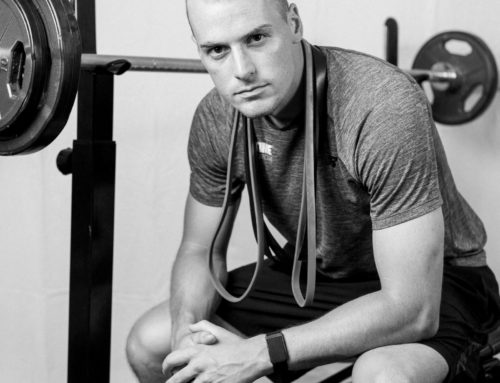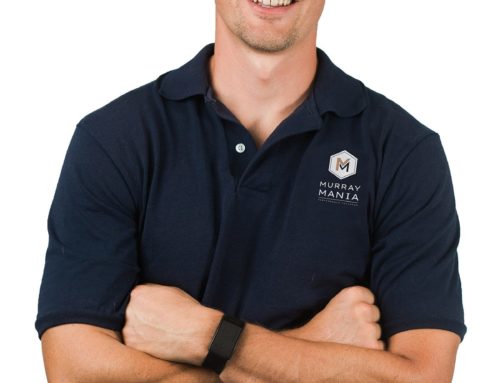The holidays are around the corner and wishlists are filling up with Fitbits, Whoop straps, Oura rings, and the latest Apple watches. Before you click “purchase” on the flashiest new gadget, here are a few things to keep in mind.
What’s your goal?
Although having an Oura ring is a great conversation starter at the family get-together, it’s kind of pointless unless you are actually using it for a purpose and not simply as a Rings of Power fashion statement.

Data is only useful if you, um, use it to make changes. Let’s unpack that a bit.
Make sure the device is working for you and not against you.
Take, for example, sleep monitoring devices. They’re popular for good reason.
A sleep monitoring device like a Whoop strap or an Oura ring takes the abstract goal of “get more sleep,” and helps you see what is helping or inhibiting you.
Use your tracker to observe behavioral patterns
I took the plunge and tried wearing a Whoop strap. Fitness trackers often take several months to learn your body and give you consistently accurate readings. So, I wore one for six months and here’s what I learned about myself:
- Eating late effects my REM and slow wave sleep negatively. Whenever I stopped eating after dinner I got a good night’s sleep. Cutting the snacks allowed my body to focus on recovery during sleep instead of digestion. When I’m wearing the Whoop it’s easier to skip that late night snack because I know I’ll get a better sleep score.

- Decaffeinated tea, especially green tea with honey and a tad of apple cider vinegar, positively impacts the quality of my sleep. I’m not sure of the science behind this but subbing a late night snack for a tea will usually bump my REM sleep to over two hours, which is great for me.
- If I don’t cut off alcohol 2-3 hours before going to bed my restorative sleep is always bad. This is where the data truly doesn’t lie. Even if I have a beer or two at 9:30 and go to bed at 10:30, I will look at my score the next morning and shake my head every time.
I also learned that six months was all I needed. That timeframe was enough for me to learn what hinders good sleep and adjust accordingly without becoming married to the Whoop. Because, you know, life happens. After a bad night, I don’t always want to look at my readiness score first thing in the morning and basically see, “Your sleep sucked last night. Good luck surviving today, Steve.”

Wear it for six months and take a break so you don’t become obsessed. If you feel like you need the accountably then wear it again for six months.
Is your fitness tracker serving your specific needs?
Fitness trackers such as Apple or Garmin watches are great if you want to increase activity. Keep in mind that many of these are heartrate-based, which means you’ll only get high exercise feedback on cardio days. They don’t know how hard your muscles are working or how intense a strength workout can be. Some of my hardest workouts get the lowest exercise feedback on my tracker, while it loves a long jog.
If you’re someone who wants to improve your aerobic fitness by increasing daily steps, using a Fitbit is the way to go. Peloton rides offer more variety, accountability, and entertainment if those are the key ingredients to consistency for you.
Here’s what I learned through tracking my steps for six months
- Short walks throughout the day add up. If I take the dog out in the morning, take a 10 min walk at a park during a lunch break and then take the dog out in the evening, I have a good shot of hitting at least 8,000 steps.

- I have to be intentional if I want to get over 10,000 steps in a day. Contrary to popular belief, it’s pretty hard to hit 10,000 steps a day if you don’t have a plan. My plan usually involves 2-3 long walks with my son or dog and plenty of movement throughout the day. If I’m playing golf, I get 10,000 in for the day automatically but, I don’t play that often these days. Just don’t ask my wife to verify that.
So what’s the takeaway?
As the holidays draw around, try to think critically about why you might want a specific fitness-aiding device. How will you use the information it gives you? How can you ensure that it works towards your goal of lifelong fitness.
As always, I would love to hear about your experience with fitness devices and trackers. Shoot me an email or leave me a message on social media!



